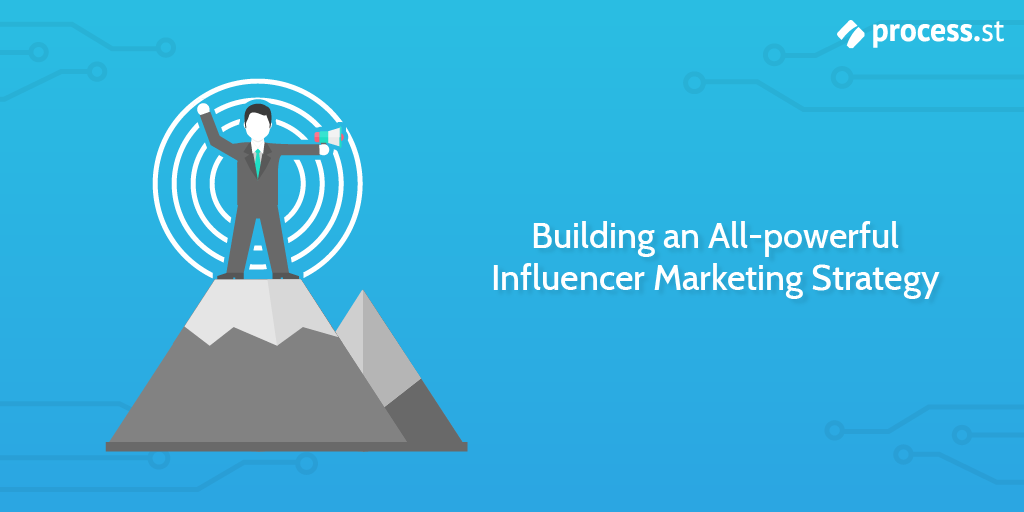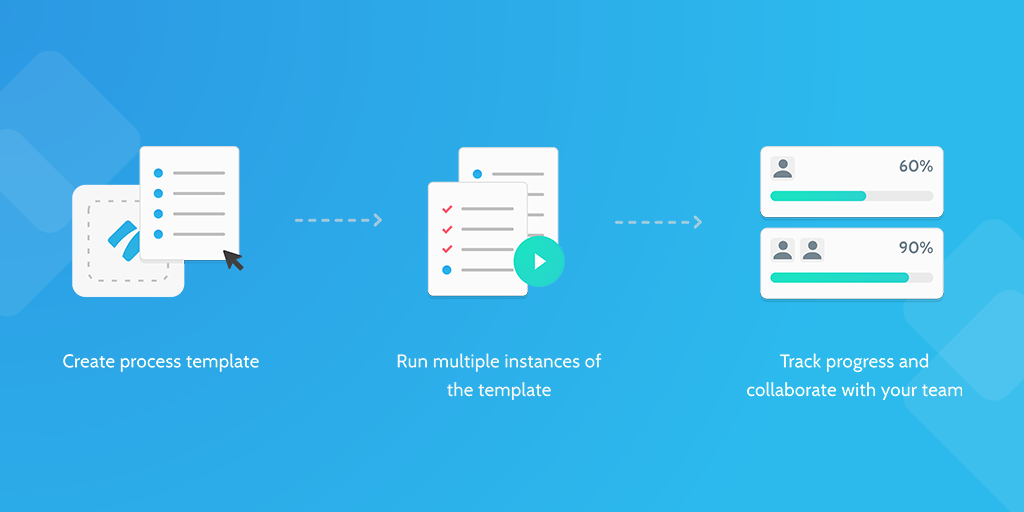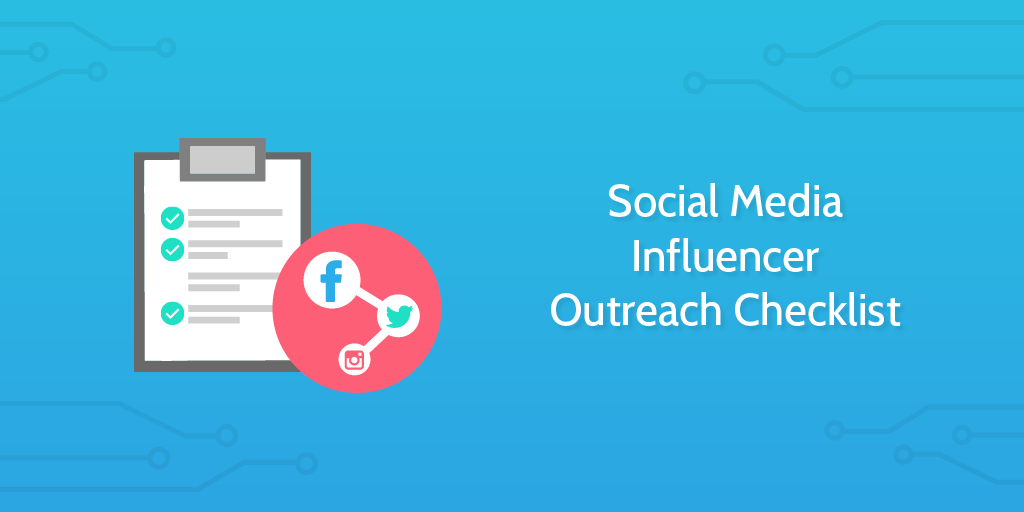
This is a guest post by Adlin Sherley, an enthusiastic writer specializing in social media marketing techniques. She has a healthy obsession with writing, reading and catching up with her friends. Her passion is to help people in all aspects of marketing through the content she provides.
If you have a product, service or even just an idea that is worth selling, how would you do it? How would you let people know?
In the world of business, certain principles have been relevant for centuries. The concepts of promotion and marketing have existed for as long as humans have been trading.
Humans have always used their voices to communicate, tell stories, and spread messages, which is why word of mouth is still one of the simplest yet most effective ways of marketing something.
Before the internet or advent of the printing press, marketing moved slower. Person A used or came across something that caught their attention, and then they went around spreading the word to B, C, D, and whoever else was along the way. Arguably, it was a lot easier to convince people back then.
One thing that has changed with the advent of digital technology, is the speed and reach of marketing and advertising tools.
Enter the digital era
As we enter into the age of information, technology has made reaching large numbers of people as easy as a single click.
On the other hand, this means that competition in the attention-economy is fiercer than ever, with the coveted-yet-fickle attention span of individuals the shining prize.
“Going viral is not an outcome; it’s a happening. Sometimes it happens; sometimes it doesn’t. Just remember, fans are vanity and sales are sanity.” – Lori Taylor (@lorirtaylor)
Analogies aside, marketing today is a matter of strategy; well-planned, well-implemented, and continuously improved upon. If your marketing strategy is bang-on, then there’s nothing stopping you.
Conversely, a single wrong move could set you back tremendously, and that’s why it’s important to establish a process.
Breaking down digital marketing
Here are some base points we want to touch on before we move on to the meatier part of this article:
- Digital marketing is diverse, but still functions on the base principles of marketing
- Social media is, and probably will be for a very long time, the most sought-after platform for digital marketing
- Social media has a usable database of over a billion people
- For the past two years and probably for the next decade, influencer marketing has massive scope for both big and small brands
- Digital Marketing is very content driven, both textual and visual, and the consumer today is a highly aware one
- As you’re reading this article, at least 100 million people are online, scrolling through a feed that is 60% marketing is various forms (direct and indirect)
Influencer marketing strategy: A crash-course
Whether you’re familiar with the concept of influencer marketing or not, we’re going to try and break it all down for you. Platforms like Instagram, Facebook, and YouTube are the most commonly used digital vehicles for Influencers.
Influencers are like the people who were originally invited as guests to a party, but then decided they could be of some use and started helping the host out. By the end of the night, they are running the party themselves, while the actual host just sits back and relaxes.
Influencers are regular people; consumers who are part of the target audience when a brand is drawing up its primary marketing plan.
The only difference now is that a certain chunk of these consumers is becoming a part of the marketing plan because they add both quantitative and qualitative value.

In simpler words, brands want to reach more people and make more money; Influencers want to do the exact same thing. Et voila! A common ground that creates space for influencer marketing to flourish.
Word of mouth has gotten a makeover, a virtual one, and influencer marketing is an extension born of the digital age. And if the numbers are anything to go by, it’s doing pretty well.
Building an influencer marketing strategy for 2019
2019 has been touted as the year that influencer marketing generates a major portion of the revenue for brands that decide to market extensively on digital platforms. So, if you are a company/brand that’s looking to build a strategy with a higher success than failure rate, read on.
Let’s break down the strategizing process into steps:
- Step 1: Define your target audience
- Step 2: List out your objective(s)
- Step 3: Do your research
- Step 4: Shortlist the Influencers
- Step 5: Do a comprehensive background check
- Step 6: Design your campaign
- Step 7: Execute your plan
- Step 8: Measure your return on investment (ROI)
- Step 9: Plan for phase 2
- Step 10: Move on to the next campaign
Now that we have the framework for the strategy let’s also understand the more in-depth version of it.
Step 1: Define your target audience
Not just for an influencer marketing plan, for any marketing plan at all the target audience needs to be defined and fully understood.
If you don’t know who you’re catering to, or who is most likely to be associated with your brand, then you probably need to go back to the drawing board. On digital media, the age-spectrum of the audience is vast, which is why you need to find your segment and focus on that.
The lack of targeting in marketing leads to wasted resources and building plans that aren’t as concrete as they should be.
It’s like standing in a shooting range and firing indiscriminately, hoping that it will hit the target eventually.
To avoid wasting time and effort, it’s always smarter to just know who your audience is, what their preferences are, and why they would be inclined to purchase your product or service.
Step 2: List your objectives
Next, you’ve got to ask yourself (and your team) this: Why are we drawing up this plan and what do we hope to achieve?
The long-term goal is always the same – to increase sales and revenue. However, there are a lot of other goals and objectives along the way that you need to focus on as well. Is it brand recognition? Or is it increasing your market share? Or simple expanding your reach?
Whatever your goals, figuring out your process can help align those goals with the work you’re actually doing. You may want to consider using a prioritization matrix to figure out what needs to be done first.
Using Process Street to build, run, and improve your business processes will help you hit your goals in the long run. It’s pretty simple:

There can be multiple objectives, and recognizing them really helps with forging the path ahead of you.
Sometimes the short-term goals are more important than the long-term ones, which means you might have to incur certain expenses now to be able to increase your overall revenue later on.
For influencer marketing, the collaterals delivered by both you and the Influencer are mostly focused on reaching out to more people and increasing the customer base of the brand.
Once you do that successfully, sales and revenue are bound to see a spike.
Step 3: Do your research

With your immediate objectives clearly listed out, you can set out on doing your research.
This research would include finding out about current market trends, campaigns that are doing well or and even those that aren’t, relevant market research for your brand’s niche, figuring out which digital platform would be more suitable for you, and also laying out your potential expenditure for the kind of campaigns you’re trying to create.
All of this pretty much lays the foundation for the building that you’re trying to construct. If influencer marketing is going to hold your fort, then you also have to ensure that your fort is strong enough by itself too.
The bottom line is to be fully informed and aware before you move on to the next steps because the right research will steer you in the right direction.
Step 4: Shortlist the influencers
This again involves a lot of research, because you need to know who the most bankable Influencers are at this point and also understand whether or not they would add value to your brand.
Not every influencer is the right one for you, irrespective of how many followers they have. If their niche matches yours, or rather can encompass your brand in it, then you know you’re making a safe choice.
It’s a smart idea to get in touch with multiple influencers, explain your brand’s ideologies to them, and understand whether or not they’d be able to advocate your brand’s personality through their own.
Remember, the audience of an influencer is persuaded by their choices, and they follow them for a reason, so your brand can either fit into the flow or get lost amidst the clutter.
Step 5: Do a calculative background check
This step has more to do with the numbers, which is really quite essential. A background check on the Influencers you shortlist helps you understand what type of content they produce, the quality you can expect, and also the kind of engagement their previous posts have received.
More engagement and more followers means better reach, but the quality of those followers is also important.
Sometimes you’ll see Influencers with not more than 10,000 followers are having better engagement numbers when compared to those with 50,000 followers. And that’s when you need to make a choice between just numbers and actual quality content.
Step 6: Design your campaign
Once you have your chosen Influencers to get on board, your next step would be to design a campaign based on your earlier aligned objectives. While you might be wondering why designing the campaign isn’t being done at an earlier stage, there’s a very solid reason for this.
Designing a campaign along with your Influencers is a smarter choice, simply because their input could make a significant difference in how your campaign turns out.
Another reason is that since they’re the ones who are going to be primarily working the campaign, you want to make sure that all of you are on the same page as well. And if the execution is to be successful, there has to be a lot of teamwork and brainstorming going into it.
Step 7: Execute your plan

The execution is very important, but you already knew that. The real task is improvising when things don’t go according to plan. When there are more overheads involved, the risks can also be higher. In that case, especially, it’s always smarter to have a Plan B for your execution.
One of the things you can do to ensure success in executing your plan is to use Process Street to run a checklist. That might mean building the process by creating and editing a template, or using one of our custom-built templates like this social media influencer outreach checklist.
By using Process Street, you can streamline the whole process with features like conditional logic and dynamic due dates that eliminate much of the repetitive work you’d usually be burdened with.
For example, in the social media manager outreach checklist, form fields collect important information as you complete the checklist, so you can consolidate everything into and send an outreach email without ever leaving Process Street.
Here’s the social media marketing outreach checklist presented as an embedded template:
Process Street is a BPM software, and you can use it for literally anything that needs a process. Check out this video for more ideas how to use Process Street for your influencer marketing strategy, like how you might streamline the influencer onboarding process:
Usually, if Step 1 to 6 has worked out well for you, then Step 7 plays out pretty smoothly too. Your target should ideally be to get the word out about your campaign; both pre and post need to be done step by step.
Your Influencers play a massive part in bumping up the numbers to make the execution a success, and team players will ensure that this happens.
Step 8: Measure your return on investment (ROI)
The work doesn’t stop post-execution and completion of the campaign. After this, you’ll need to figure out how well your campaign performed by measuring your ROI. Were your objectives achieved? Did you reach the target set? Did your Influencers deliver what they said they would?
This assessment helps you understand where you can improve, what part of the strategy you need to repeat to make your next campaigns successful, and also whether or not the alliance formed with the Influencers would be beneficial for you in the future. Even if you do not see the numbers in terms of sales, seeing an increase in reach and digital presence is just as crucial for your brand.
Step 9: Plan for phase 2
With all your results and data in hand, it’s time to start planning for your next campaign. The key takeaway here is that you shouldn’t stop once you’ve got the ball rolling. Influencer marketing is a continuous process. When you have a set bandwagon of Influencers in hand, it’s smart to build an ongoing relationship with them and carry that forward to your future campaigns as well.
If the partnership works, you’re going to see a boost in following, digital presence, and most definitely in revenue and sales as well. For the bigger picture to become a reality, you need to make a conscious effort to keep rolling out new campaigns and always have your audience engaged with the brand.
Step 10: Move on to the next campaign
As you move on to the next influencer marketing campaign, you’re already going to have a good idea of what has worked for you thus far and what has backfired. Even if you need to go back to the drawing board and start from Step 1, don’t worry. Sometimes it takes a failed campaign to perfect the next one.
A brand needs to typically engage their audience in 5-6 campaigns in a year, although not all of these need to be influencer marketing campaigns. Many brands choose to have a separate set of campaigns dedicated solely to Influencers, and that works out better because the target audience and business goals are more focused.
More social media marketing resources
Business process management is applicable to just about every aspect of your company, from on-page SEO to social media manager daily tasks. Building and using processes for every aspect of the social media influencer marketing strategy can help you to improve success rate and stop wasting time on tedious manual tasks that can easily be automated.
Check out these resources for more ideas how to start implementing marketing processes for your business:
- Social Media Manager Daily Checklist
- New Affiliate Onboarding Checklist
- Advanced Content Promotion Checklist
- Daily Mention Tracking for Content Promotion
- Creating a Database of Influencers using Buzzsumo
In conclusion
The trends in influencer marketing are continually changing, which is why you need to always be up to speed and ready to take on new challenges.
Recent statistics have shown that brands have seen a significant increase in market presence in a comparatively shorter time due to influencer marketing.
Believe it or not, Forbes claims that it is going to become a $10 billion global industry by the year 2020, so it’d be completely within your interests to cash in on this rapidly growing marketing opportunity.
It’s the ship that might never sink, and you’ve got to make a spot for yourself before it sails away.
How does your influencer marketing strategy differ from this one? Let us know in the comments below. We’re always seeking to improve and expand upon existing processes.







Oliver Peterson
Oliver Peterson is a content writer for Process Street with an interest in systems and processes, attempting to use them as tools for taking apart problems and gaining insight into building robust, lasting solutions.